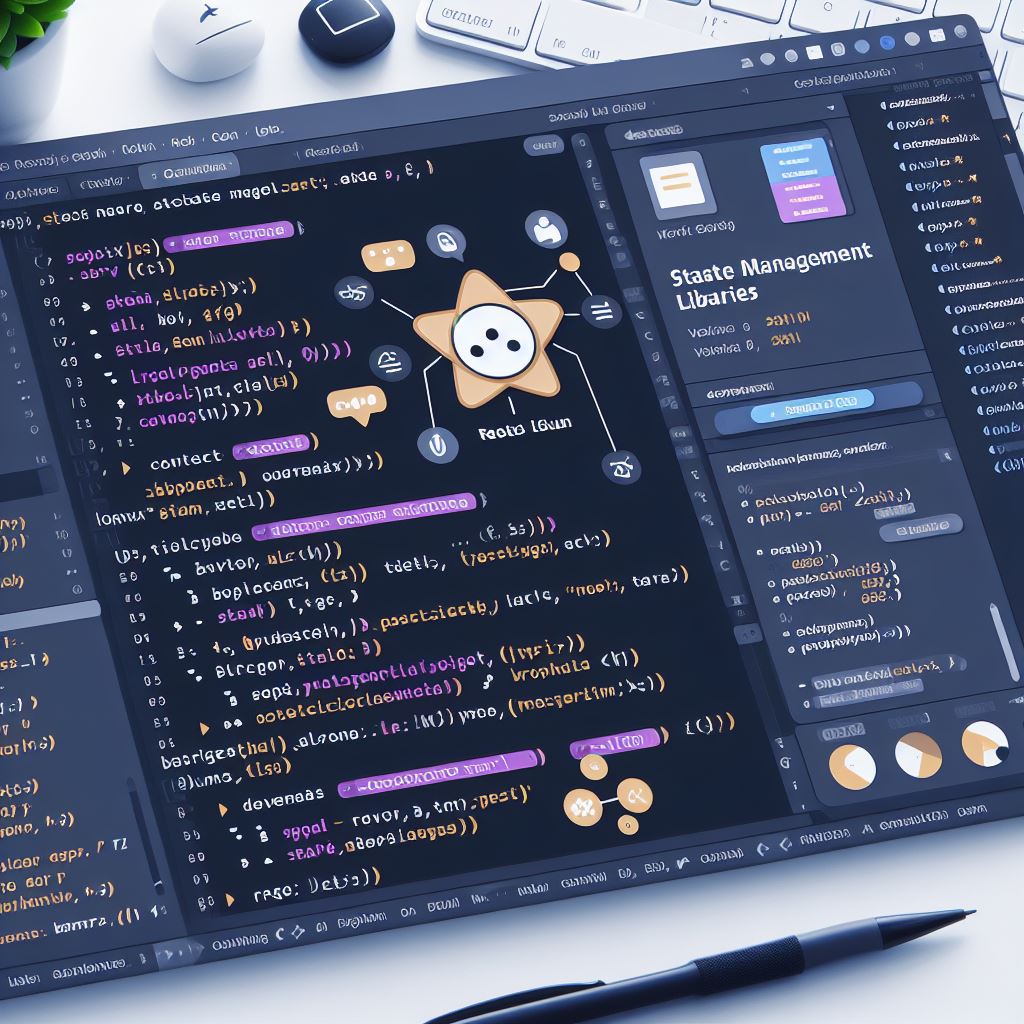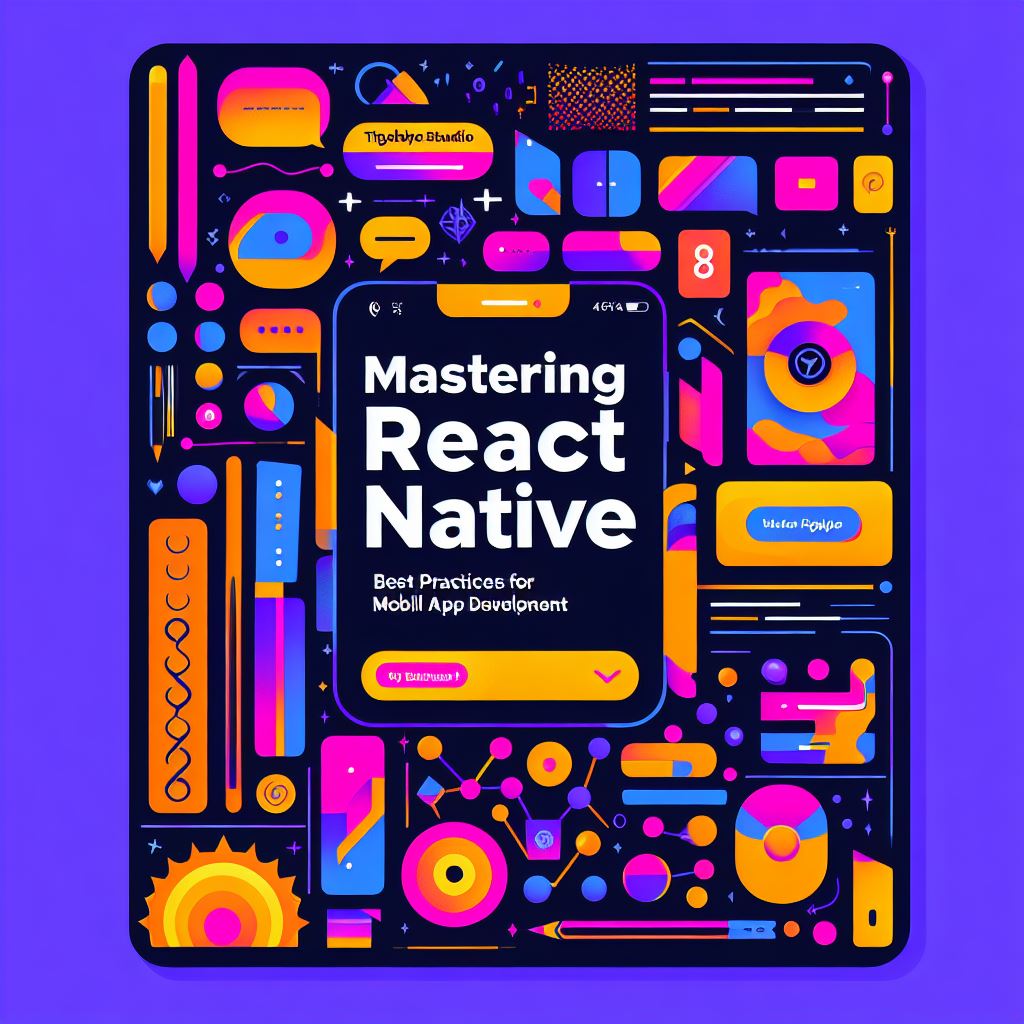
State management stands as a cornerstone in the realm of React Native development, wielding immense influence over the behavior, performance, and scalability of mobile applications. In this extensive guide, we will explore the intricacies of state management in React Native, unraveling best practices that empower developers to build applications that are not only scalable but also maintainable and efficient.
Unraveling the Dynamics of React Native State
Component State:
Component state, localized to a specific component, plays a pivotal role in handling UI-related logic and rendering. It's an excellent choice for managing data that is confined to a particular section of your application.
Redux for Global State:
For global state management, Redux takes center stage. This powerful library introduces a centralized store that enhances data flow, making it an ideal solution for managing state across large-scale applications.
Best Practices to Elevate Your State Management Game
a. Keep State Immutable:
The immutability of state ensures predictability and aids in tracking changes effectively. Employ libraries like Immer or Immutable.js to seamlessly integrate immutability into your state management strategy.
b. Embrace Functional Components with Hooks:
Leverage the flexibility and simplicity of functional components with Hooks (useState, useEffect) for a cleaner and more concise approach to state management. This paradigm shift simplifies the process of managing stateful logic.
c. Optimize Re-renders:
Memoize functions with useMemo and useCallback to prevent unnecessary re-renders. This optimization step is crucial for boosting the performance of your React Native application.
Choosing the Right State Management Tool
a. Redux:
Redux shines in scenarios where applications demand a single source of truth and sophisticated dev tools. It's particularly beneficial for large-scale applications with intricate state management requirements.
b. Context API:
When simplicity is paramount, the Context API steps in. It is an apt choice for less complex state management needs, offering a lightweight alternative to Redux.
c. MobX:
For developers seeking a simpler alternative to Redux, MobX provides a reactive state management solution. Its use of observables makes working with state more intuitive.
Debugging State in React Native Apps
React DevTools:
Facilitate the debugging process using React DevTools, a valuable resource for visualizing component hierarchies, state changes, and other critical aspects of your React Native application.
Navigating Async Operations in State Management
Middleware - Redux Thunk or Saga:
Integrate middleware like Redux Thunk or Saga to seamlessly manage asynchronous operations within the Redux architecture. This ensures smooth handling of async tasks while maintaining the integrity of your application state.
Conclusion:
Mastering state management is an indispensable skill for React Native developers. By adhering to these comprehensive best practices, selecting the right state management tools, and navigating the complexities of async operations, you can elevate your React Native development game. At TigerByte Studio, we apply these principles rigorously, crafting React Native applications that stand out in terms of performance, reliability, and user satisfaction. Join us on the journey to mastery in React Native state management!

